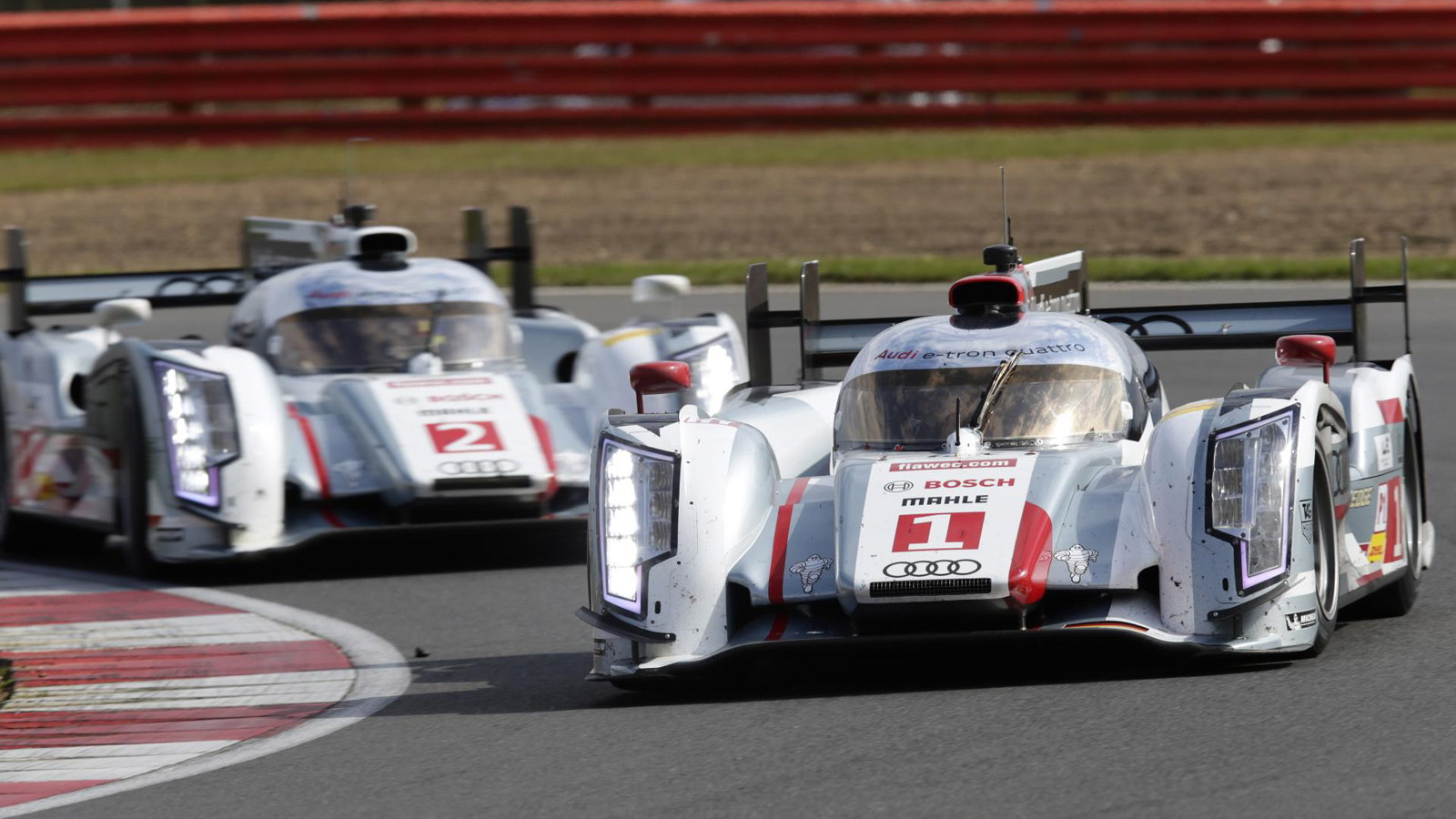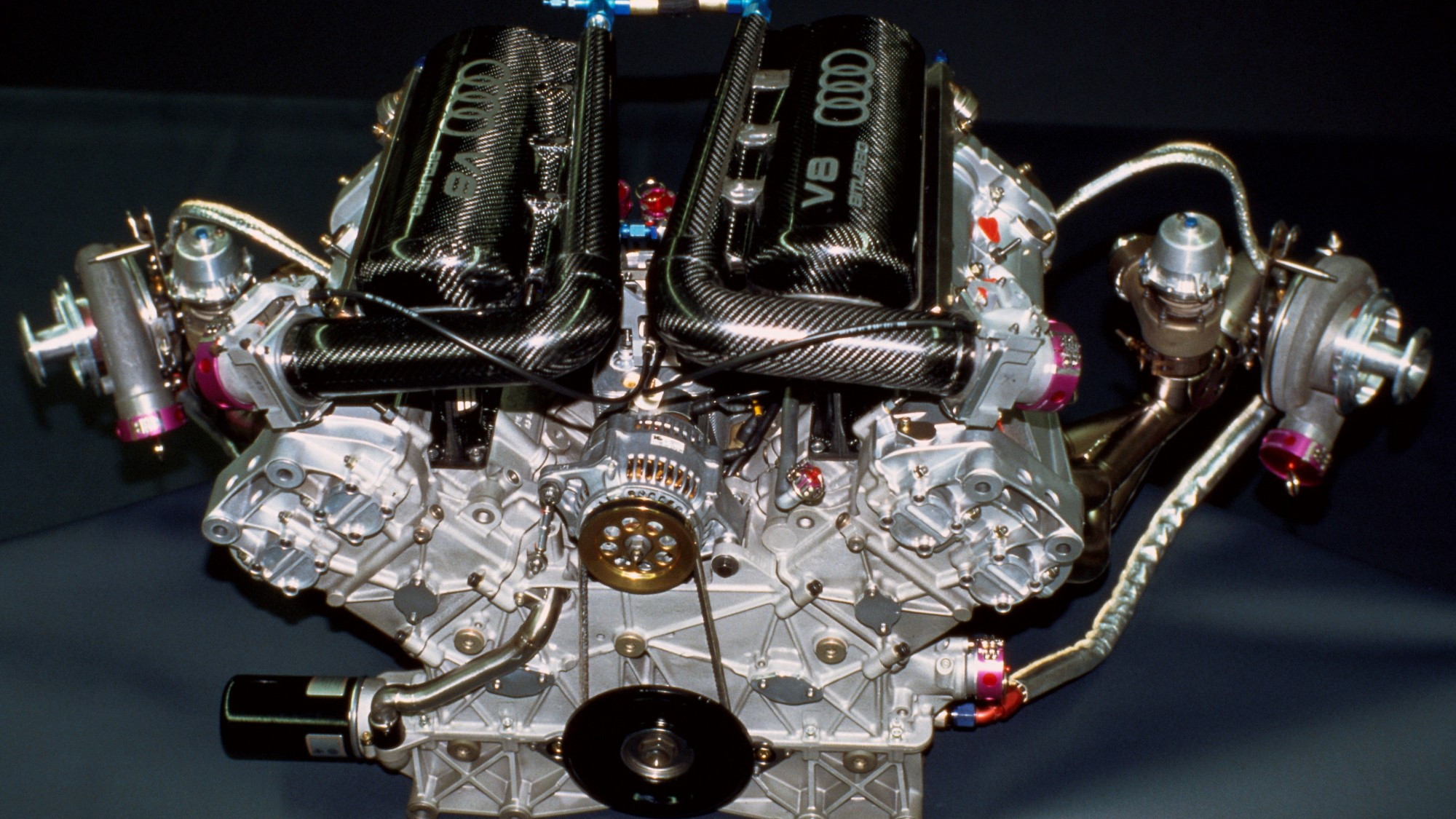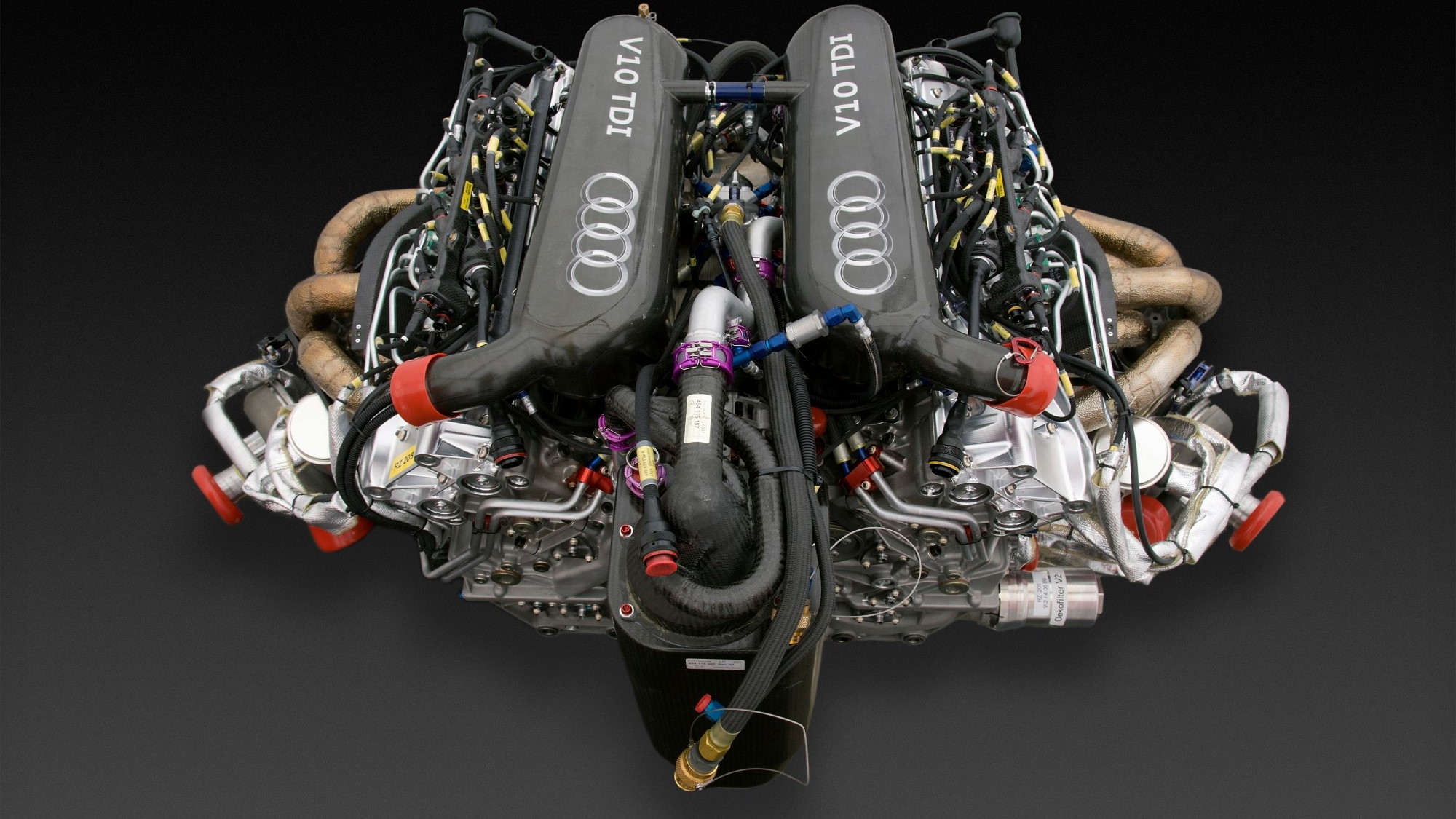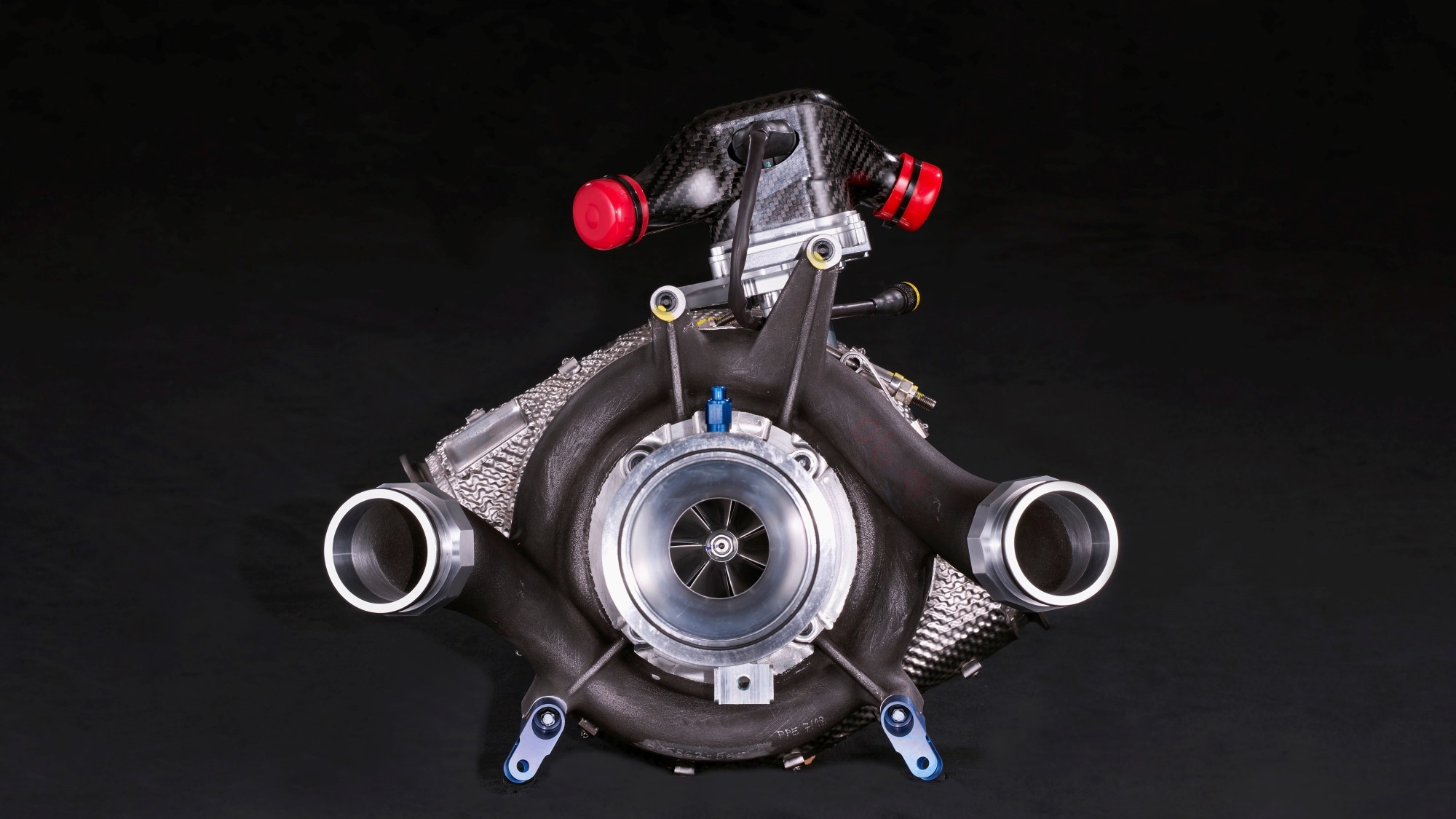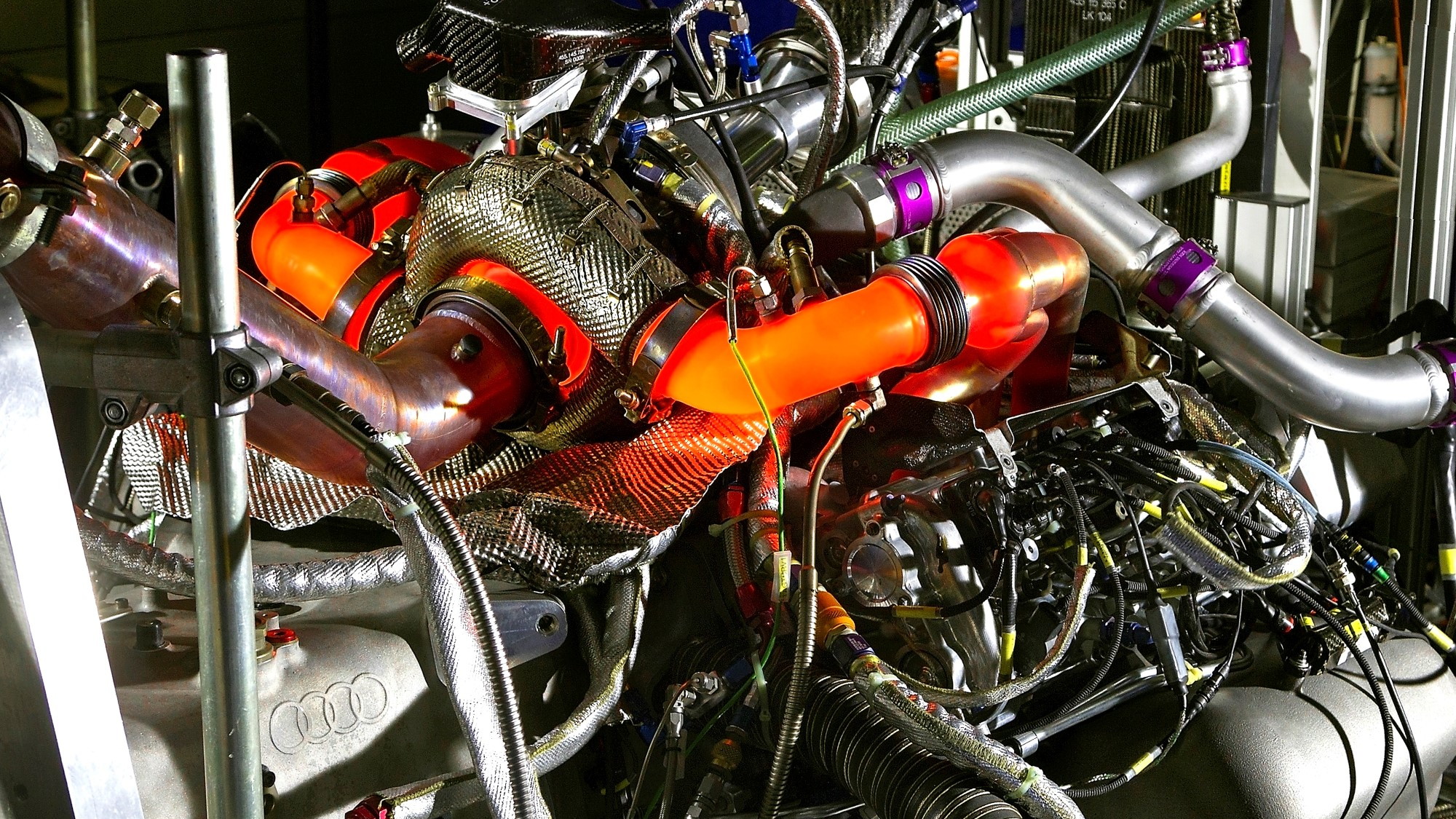Audi thinks so, and has put forth its own list of technological developments as proof.
- Over the brand's 15 years of prototype racing engine development, it has seen a number of technologies make the transfer from the race car to its production vehicles, and, once in a while, a few that went the other direction.
- In 2001, gasoline direct injection made its debut, shaving 1.3 seconds off each pit stop thanks to quicker engine starts (and improving power and efficiency on every lap); the same technology went into production cars and saw gas mileage gains of up to 15 percent.
- In 2006, Audi introduced its TDI diesel engine for Le Mans. The 5.5-liter V-12 engine in the R10 TDI generated 650 horsepower and over 810 pound-feet of torque, but it was also the brand's first use of an aluminum engine block for a diesel.
- The piezo injectors and high-pressure fuel pumps in Audi's diesel engines were all pre-developed in racing. While pushing the equipment to its maximum for lap times, Audi also learned how far it could push injection pressures and cylinder pressures over the long run. Race cars generate injection pressures of up to 2,800 bar (40,610 psi), but even the production diesels can generate up to 2,000 bar (29,000 psi).
- When regulations forced Audi to downsize its diesel engine in 2011, shrinking from 5.5 liters to 3.7 liters, Audi went to a V-6, with a 120-degree cylinder bank angle and reverse-flow "hot side inside" heads. A single turbo, feeding from the exhaust gases of both cylinder banks, force-feeds oxygen to the racing diesel.
- Variable turbine geometry is an example of road technology making its way back into racing: on the road for years before coming to the V-10 TDI in 2009, the VTG technology had to be upgraded for racing use to withstand temperatures of over 1,000 degrees Celsius.
- Regulations have also sought to further limit power output of the diesel engines, cutting air inlet restrictor diameter by 34 percent, maximum boost pressure by 4.7 percent, and displacement by almost 33 percent. Despite these massive limitations, Audi has managed to limit power losses to just 24 percent, to about 490 horsepower in the 2013 R18 e-tron quattro's diesel V-6. This equates to an increase in specific output (horsepower per liter) of about 24 percent; on a per-cylinder basis, output is up a massive 65 percent. Despite these gains in relative power, the latest Audi Le Mans prototypes consume about 20 percent less fuel.
_______________________________________
